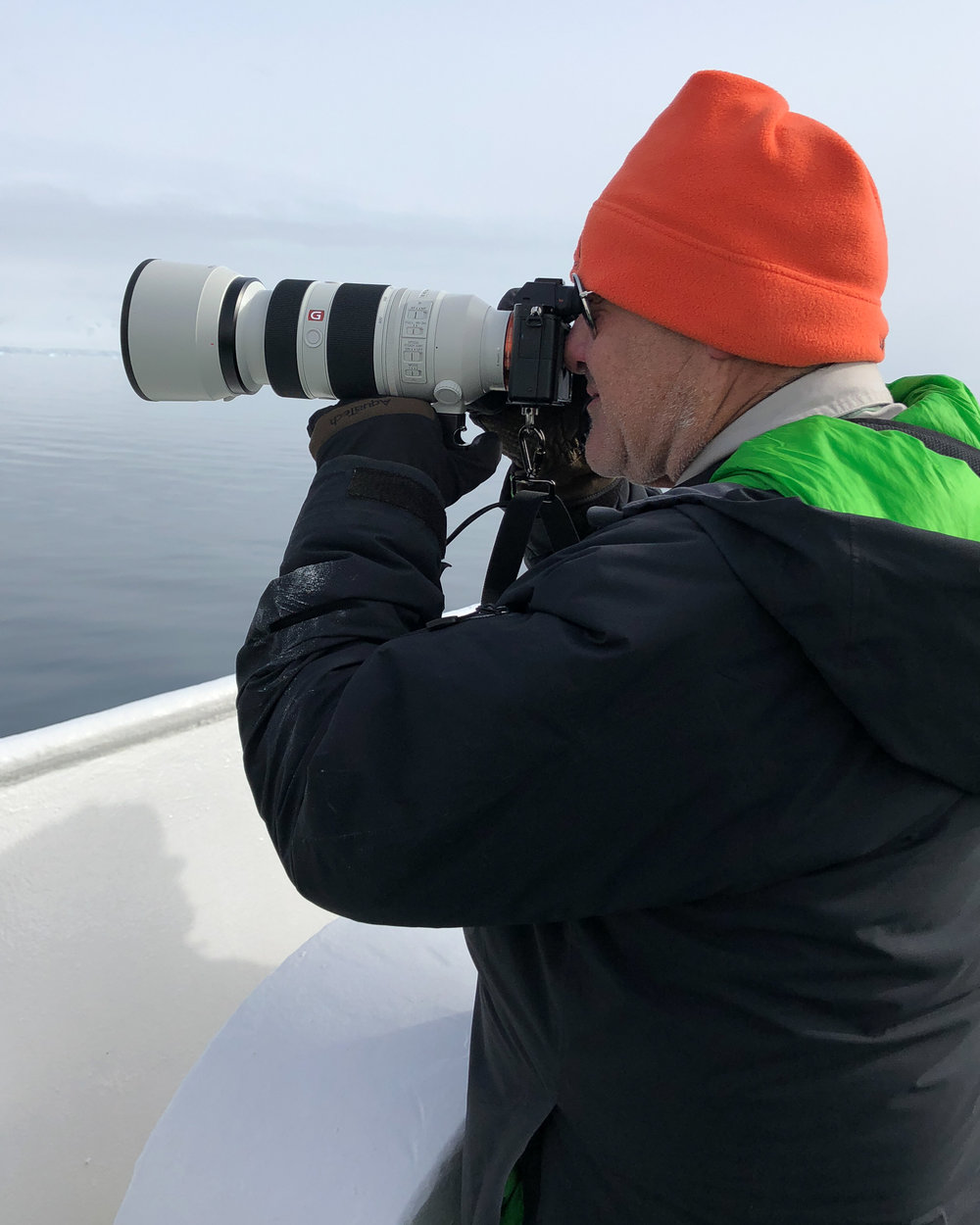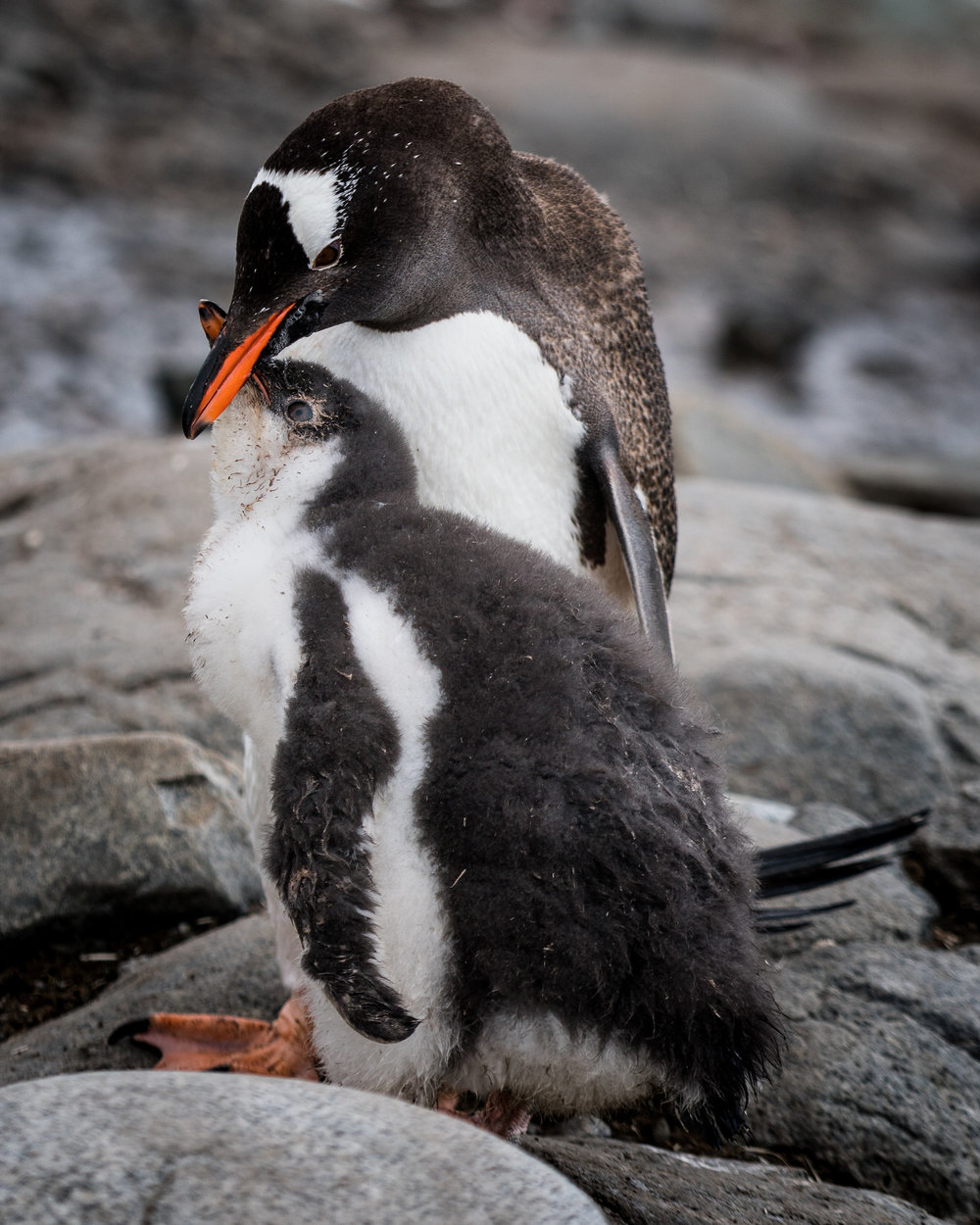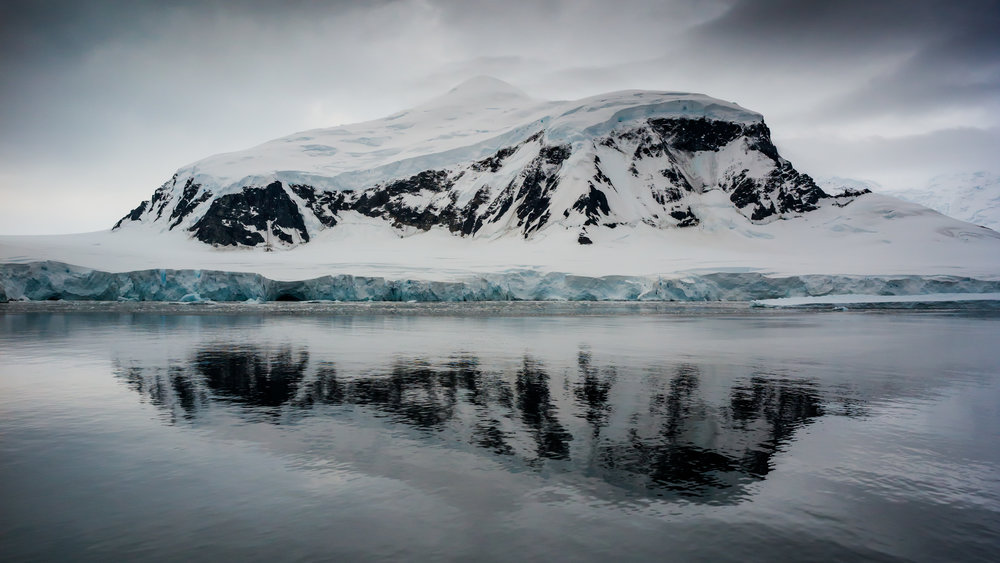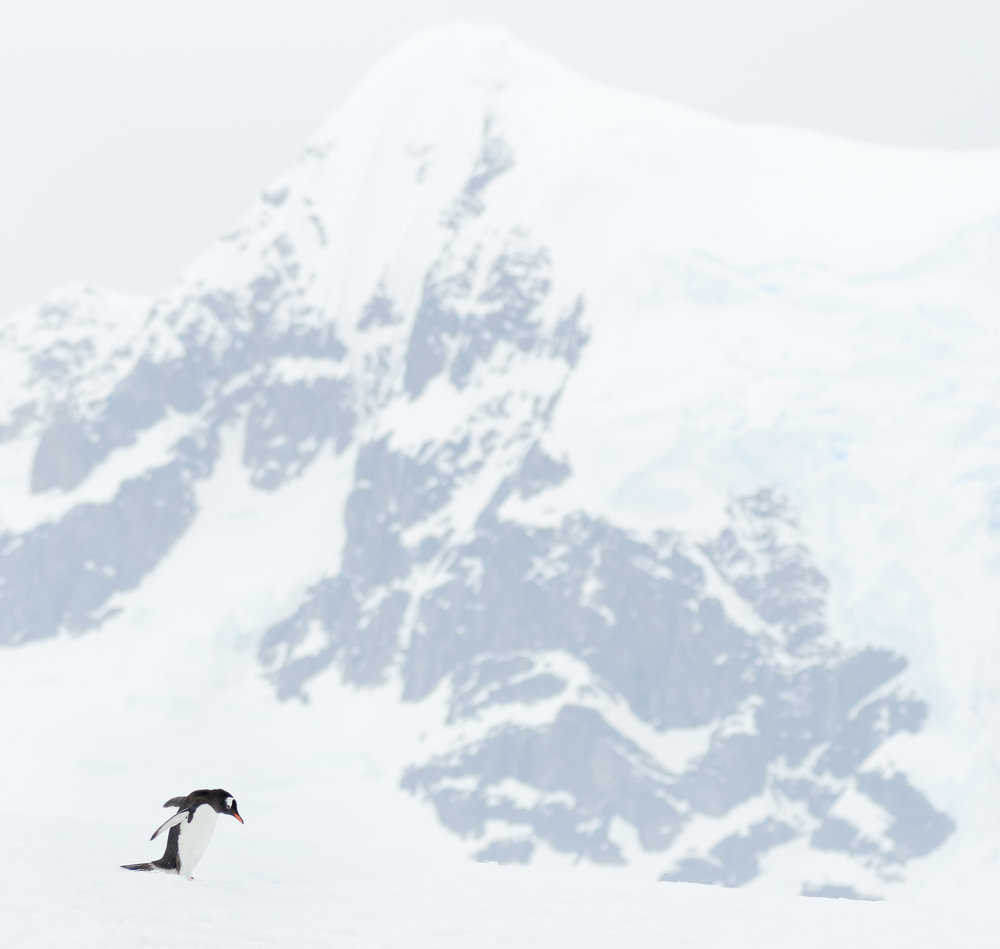Capture the splendor and magnificence of Antarctica’s wildlife and landscapes!
The Antarctic Peninsula will captivate you in ways you never thought possible. The ice, the wildlife, and the light are magical. Our experience has yielded some great lessons:
Camera Support

Because you’ll be shooting in daylight, you won’t need a tripod. Which means you don’t need to lug it onto the plane, through customs, or along on every excursion. And you will have the freedom to compose on the fly, without having to setup the tripod prior to clicking the shutter. When I’m working in an environment with many moving parts—icebergs, penguins, light, and myself in a boat, I find working handheld to be far more rewarding and fun. Today’s great zooms like 100-400mm, 200-500mm, and 150-600mm make this really easy.
Exposure

Exposing properly for the bright light and reflective surfaces, such as snow and ice, can be tricky, even on cloudy days. Set your camera meters to “evaluative metering”, meaning the entire scene from corner to corner will be taken into consideration. However, even this setting can be fooled, such as with bright snow or ice. All cameras and light meters are calibrated to 50% grey. So there will be many times you need to override the camera meter, and “overexpose”, so that the snow is white, not gray. When you do this it’s important that you don’t overcompensate, which could lead to blow-out highlights. Avoid this by using the “highlight warning” (the “blinkies”) setting.
Focus

When capturing images of wildlife it’s best to use a focus setting called “continuous focus”, which allows the camera to continually track focus on the subject, whether it’s a penguin or whale. Your job is to continually press down on the trigger just before releasing the shutter. If you’re using what’s called “back button focus”, then you’re pressing on the AF button on the back of the camera in addition to the trigger. It’s best to use a group of focus points somewhere in the center of your frame. This helps assure that the camera will acquire accurate focus on only the subject lined up behind the focus points, so be sure your subject is behind the group of focus points.
Stability
When you’re holding your camera, be sure to be as comfortable as possible, with one hand on the camera body and another under the lens and your eyelid pressed up against the eyepiece. It’s also important to use the built-in image stabilization for your camera or lens. Finally, a faster shutter speed will maintain sharpness by freezing the movement of the wildlife. With the huge amount of light in Antarctica, this is never a problem.

Composition
Composing fields of ice, hundreds—and sometimes thousands—of penguins, and mountains covered in ice, is challenging. In this environment, it’s best to isolate specific subjects from the larger landscape, such as one lone penguin, or a crevasse in a glacier. By doing this through the lens, you’re isolating something special out of the mix. If you focus on finding these isolated subjects, and add some interesting light to it, you will begin capturing unusual compositions that many never noticed, thus making your images more interesting.

There are endless opportunities in the Antarctic to capture unique images of landscape, wildlife, and even travel scenes. Be sure to not only capture images in focus, but also try different things like getting super low, or using motion blur or shallow depth of field. Most importantly, be creative with the camera, make mistakes, and learn from them so you can grow in ways you didn’t think were possible.
Antarctica 2019: Learn MoreView Post on Original Blog
https://muenchworkshops.com/blog/how-to-photograph-antarctica
